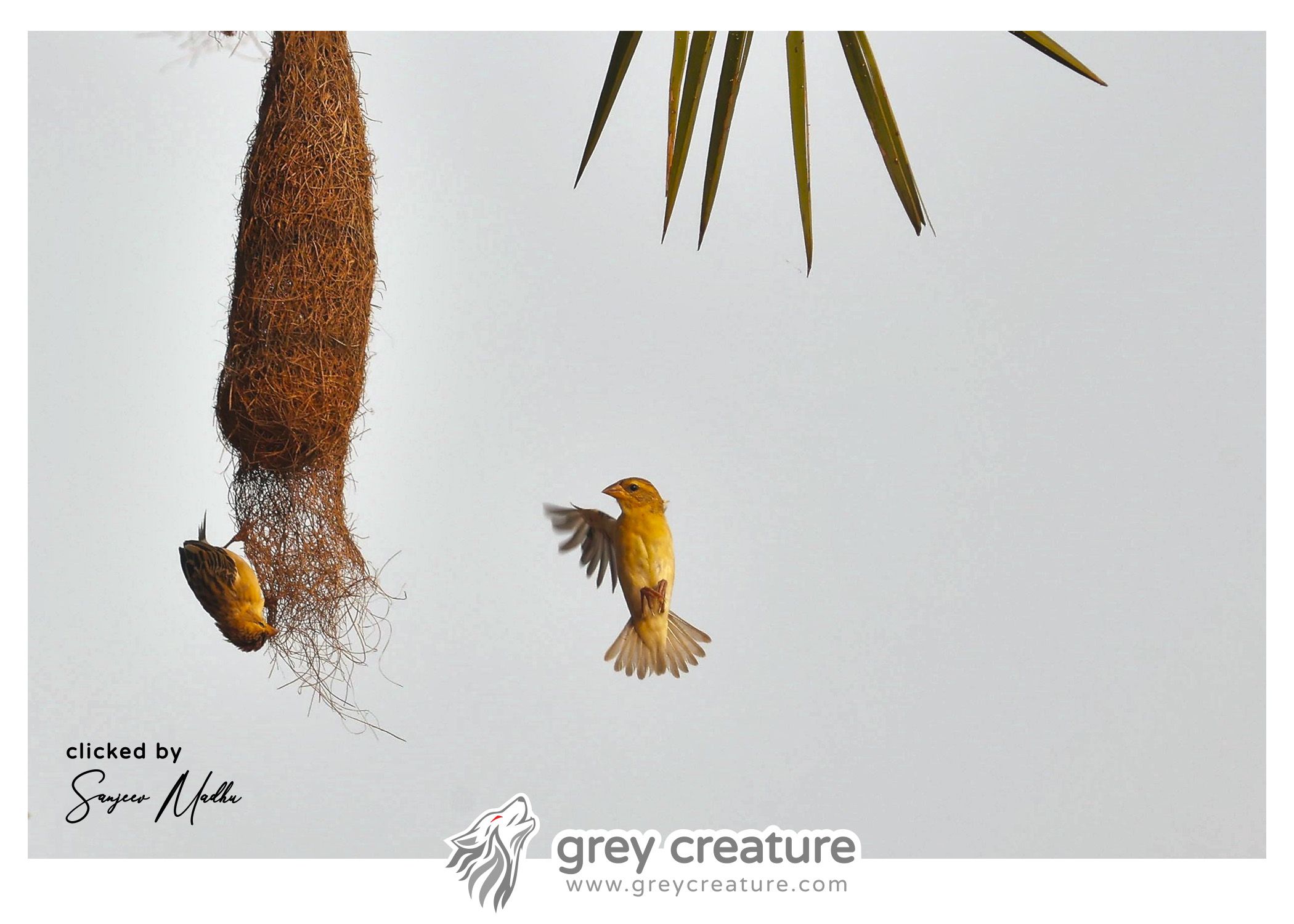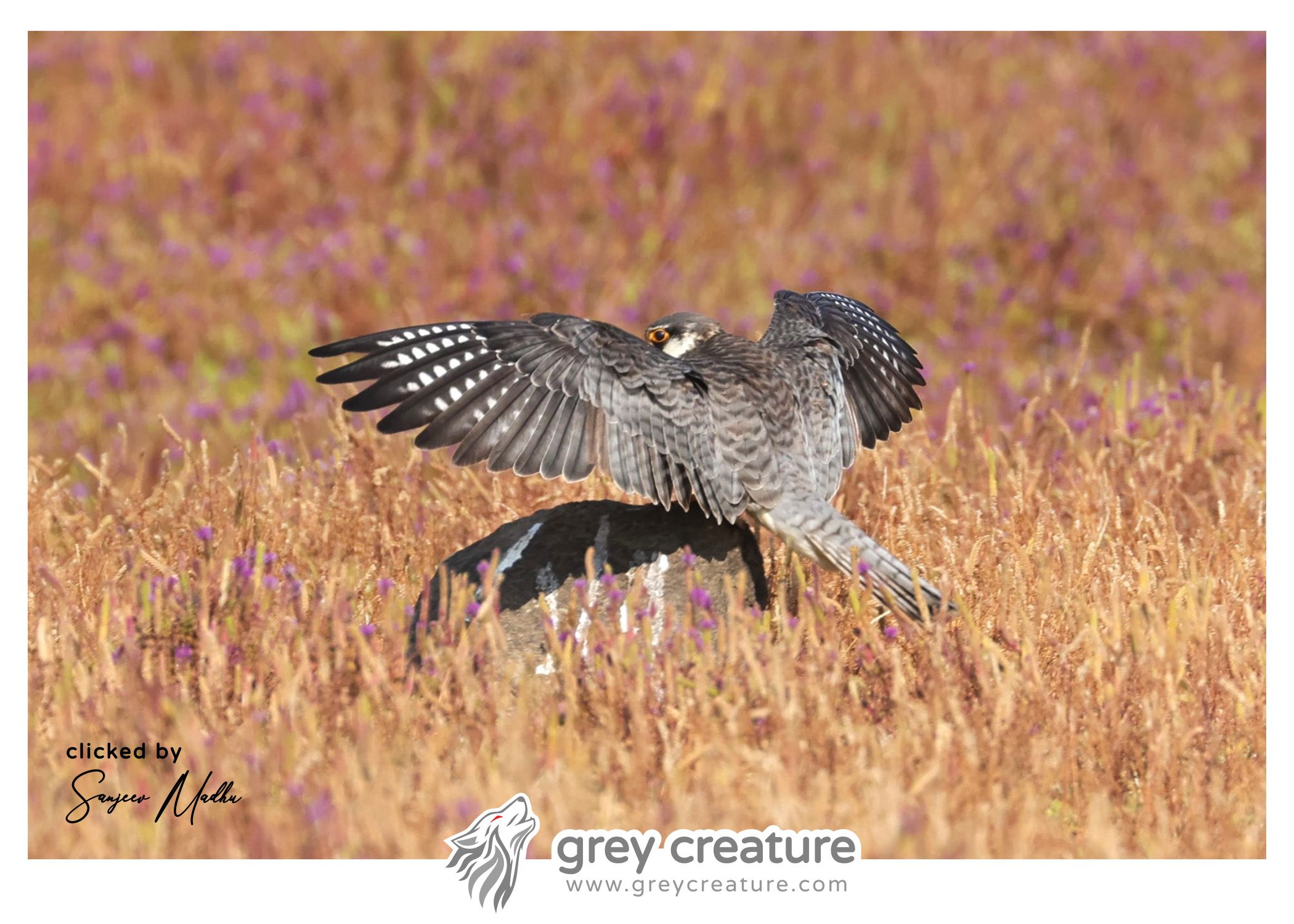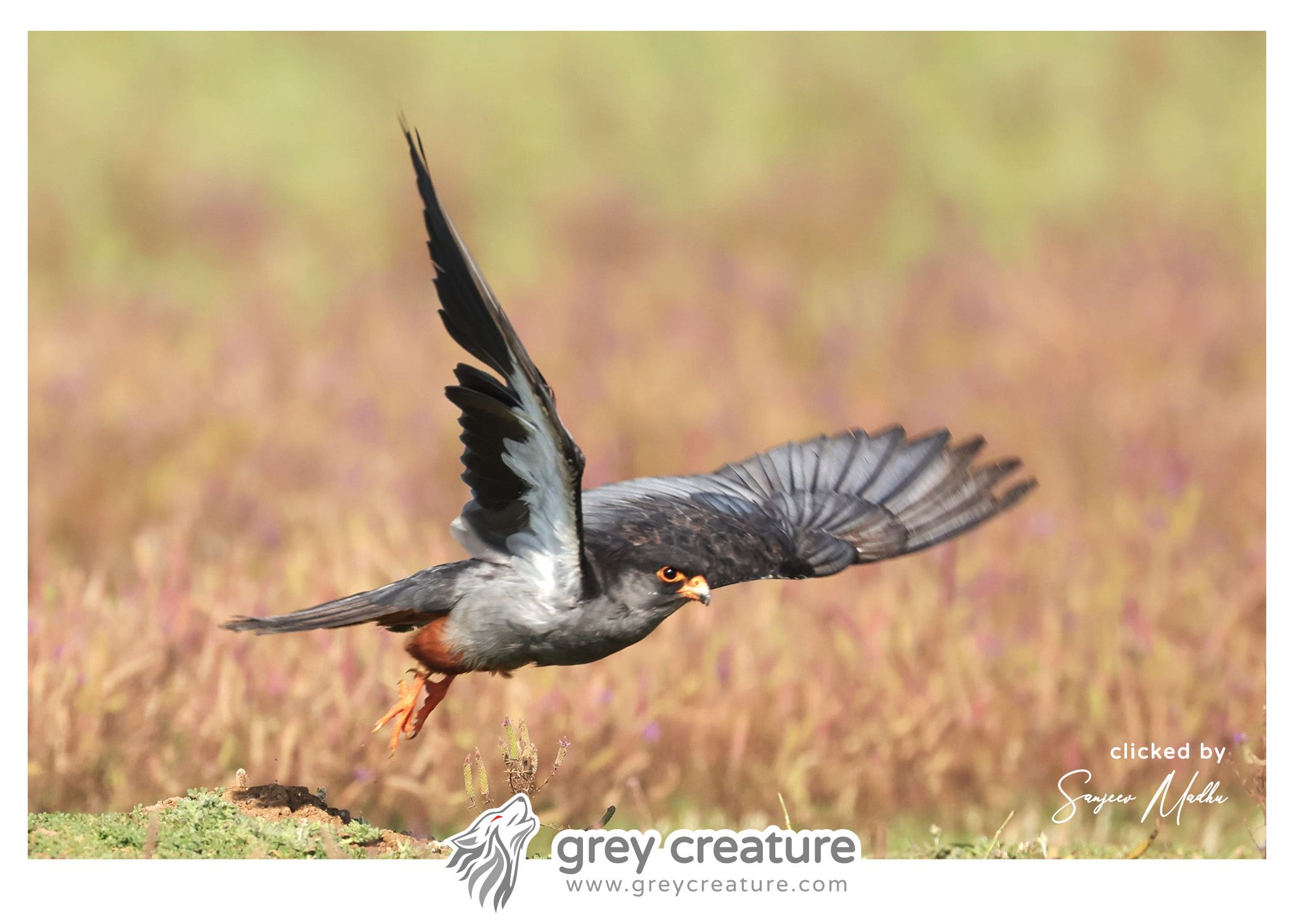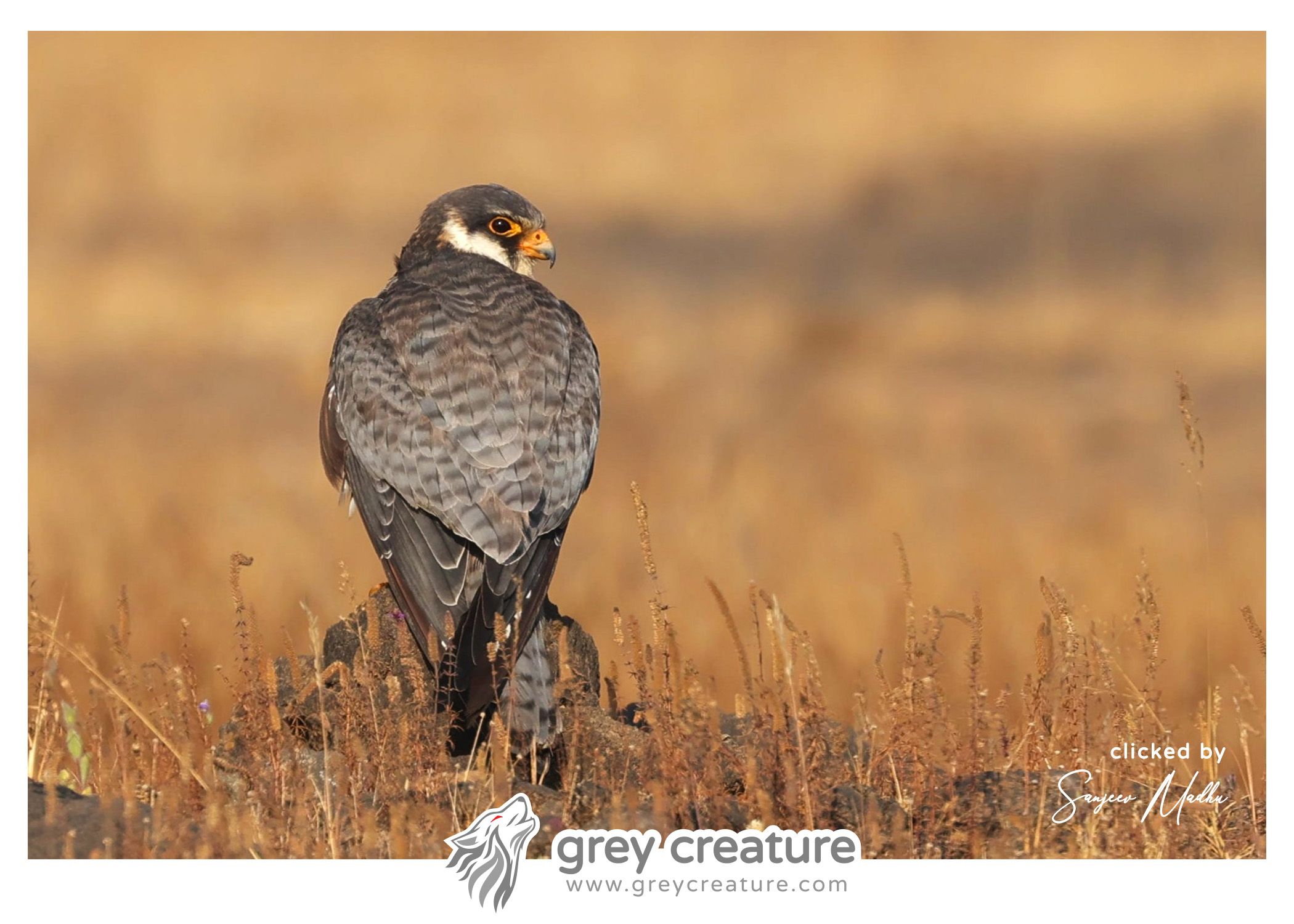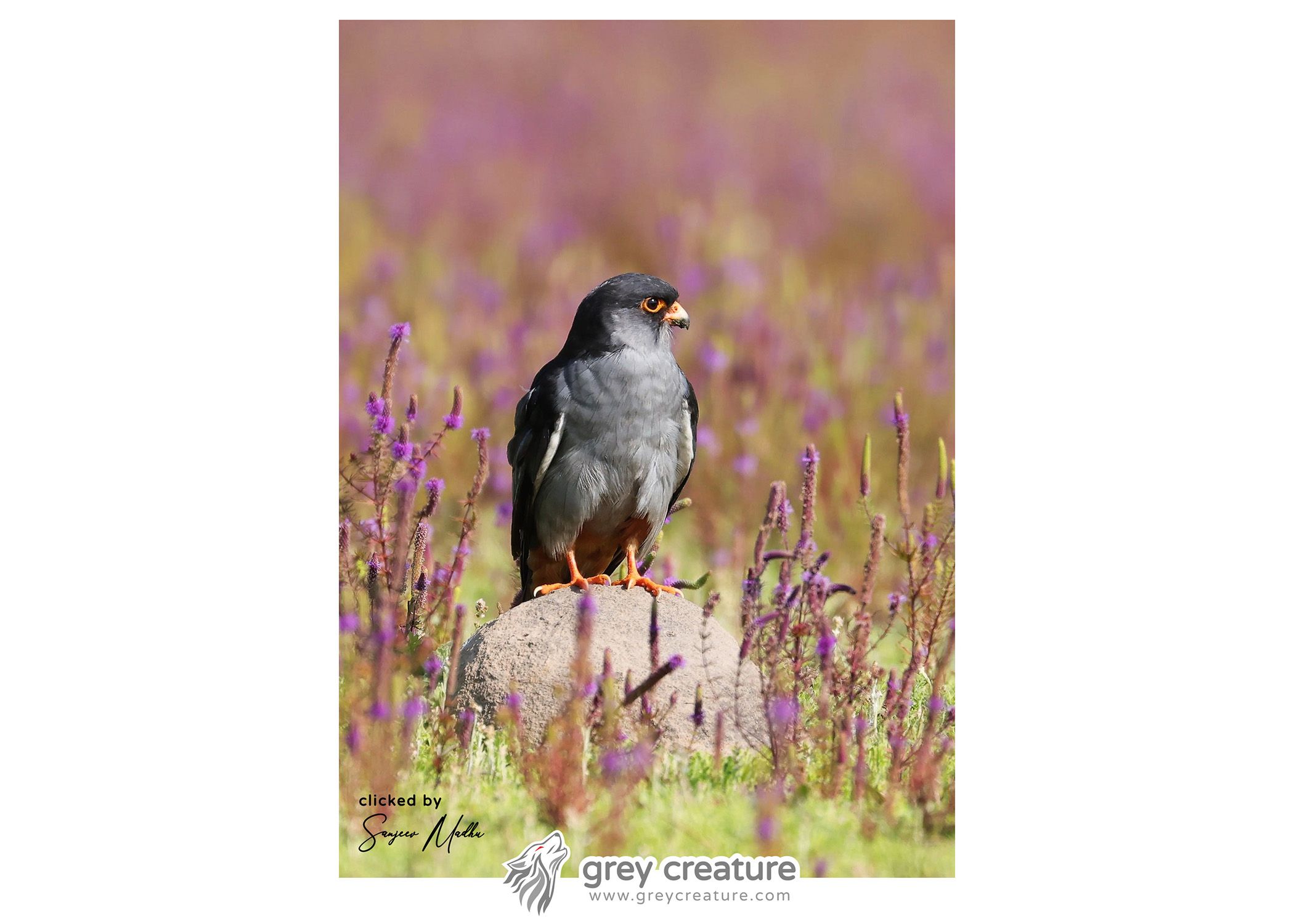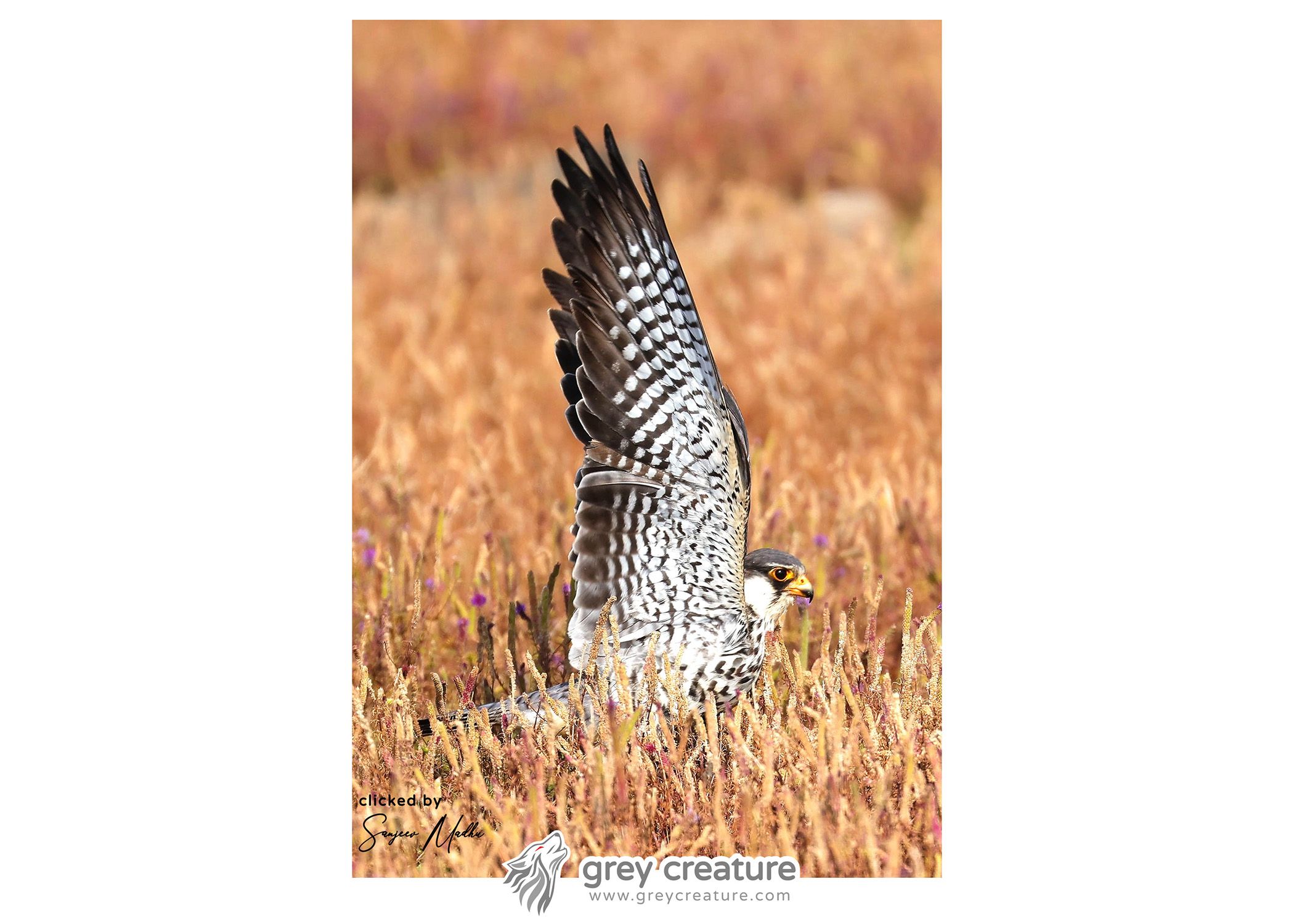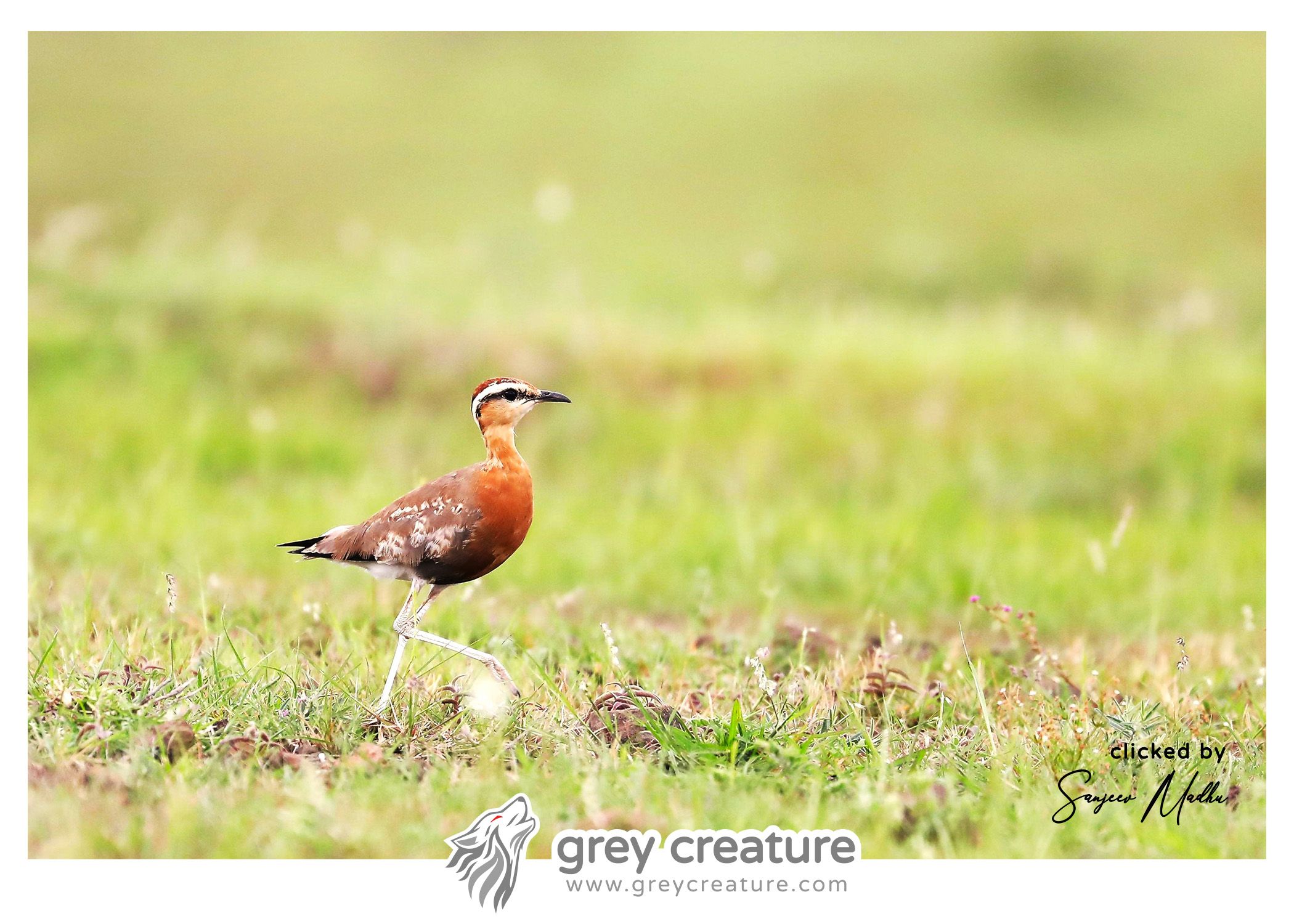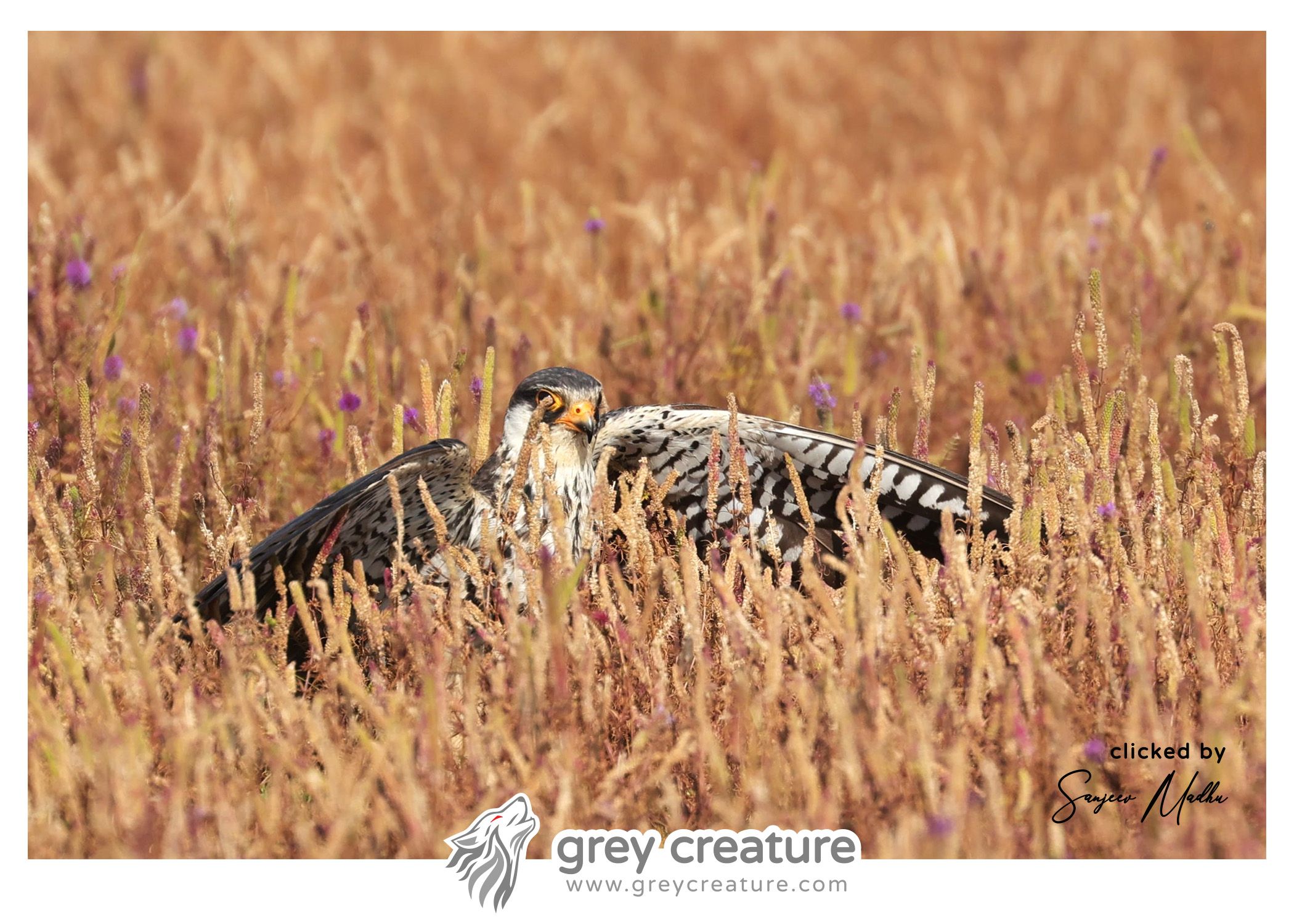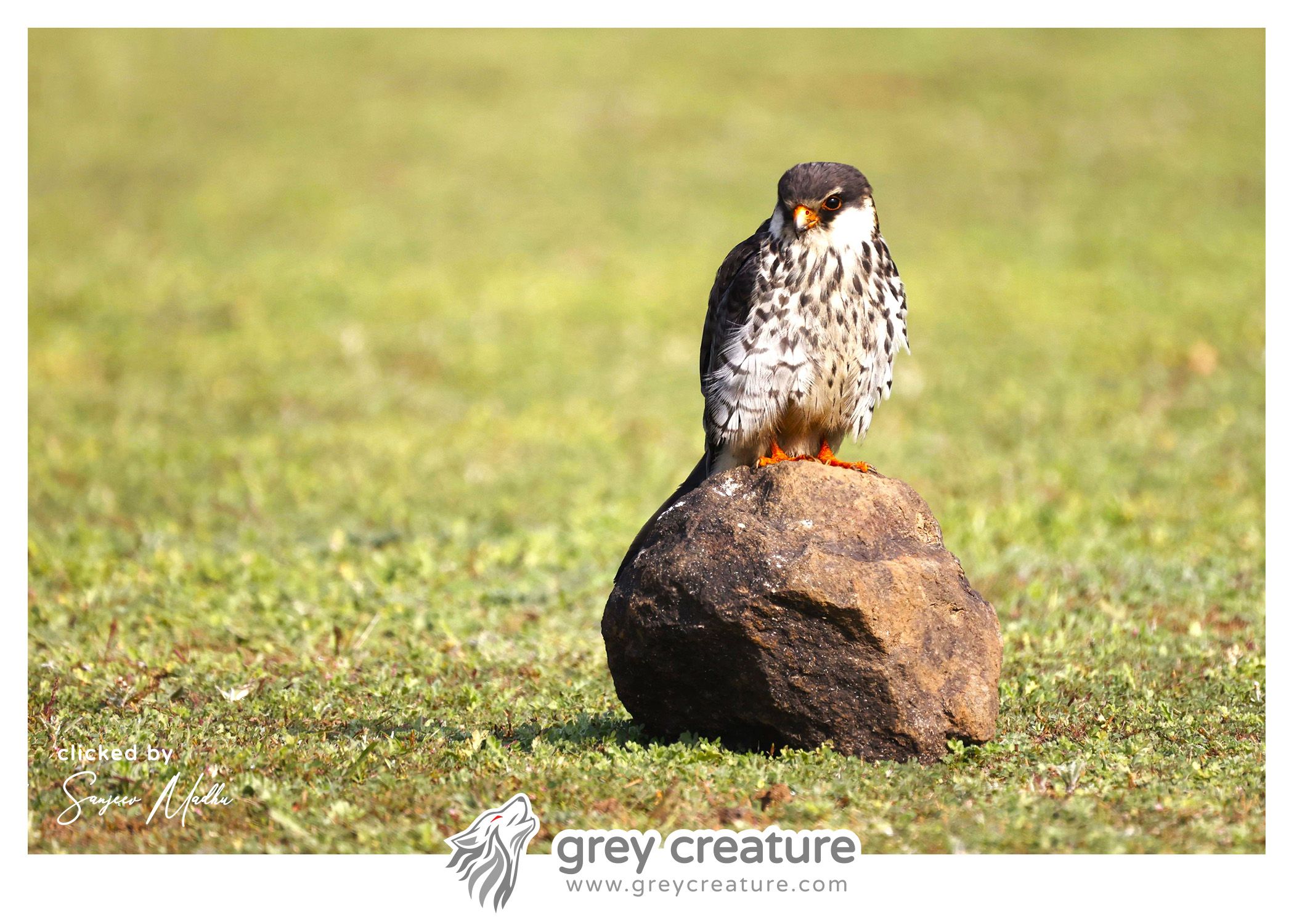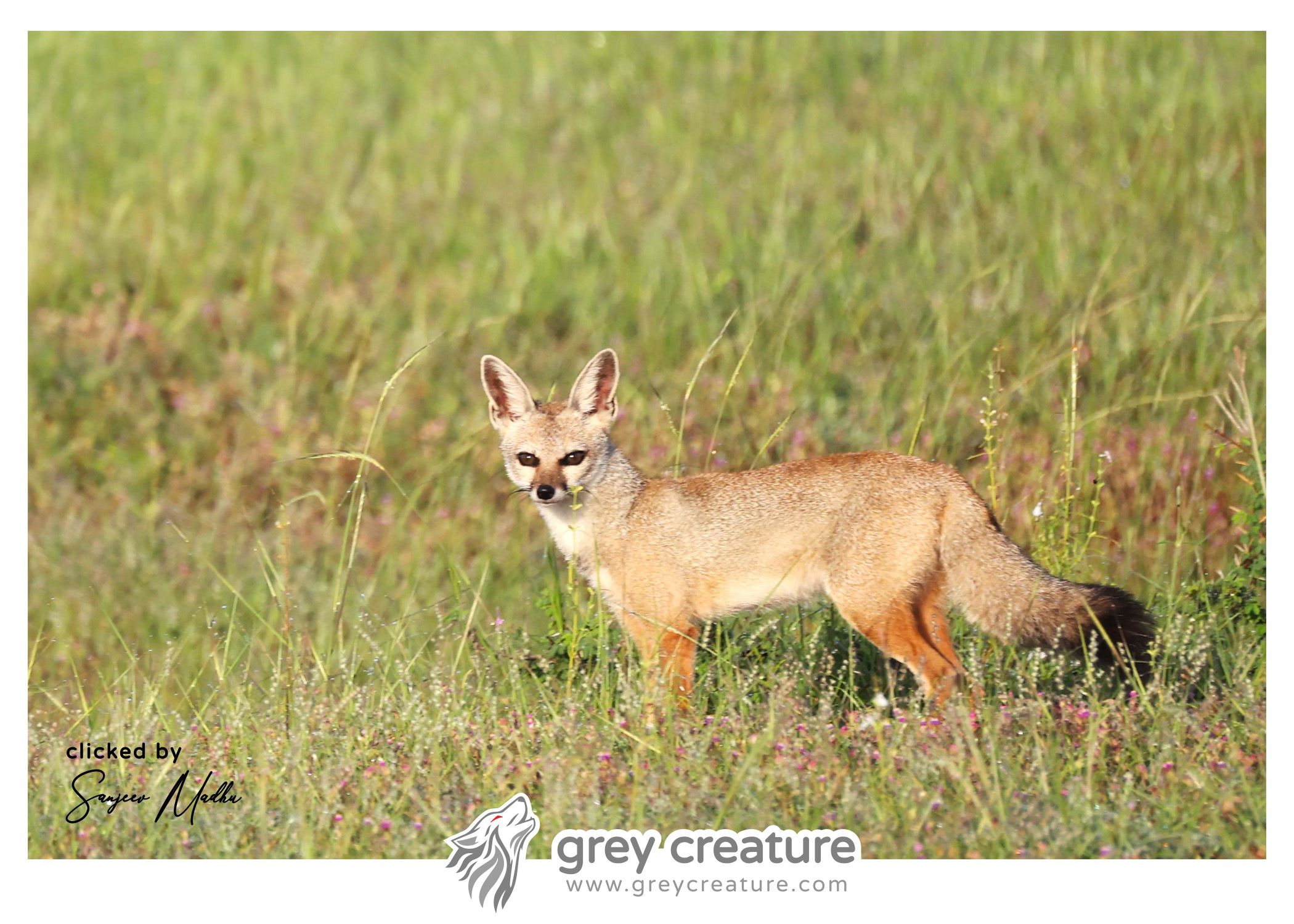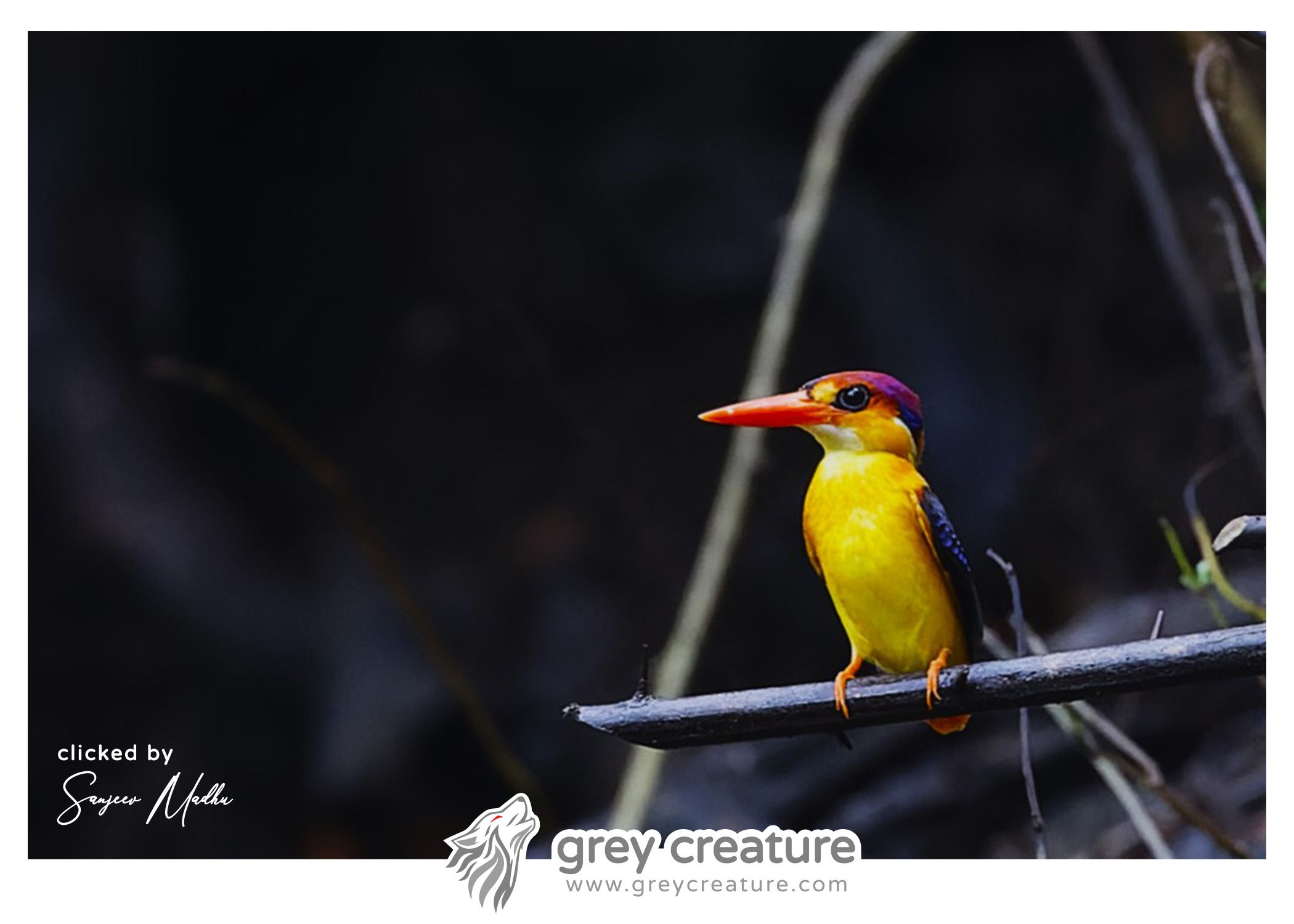
Exif Info
- Camera:Canon, EOS R6
- Lens: Canon, RF 800mm F11
- Extender: Canon, EF 1.4x
- Focal length: 200mm
- Aperture: f/11
- ISO speed rating: 200
- Shutter speed:
29-06-2023 | 12:12
Oriental dwarf Kingfisher
Ceyx erithaca
2023 Seasons first shot in the morning
Karnala Bird Sanctuary, Panvel, Maharashtra
Brownish-chestnut crown; iridescent purple back, rump; deep purplish-blue of closed wings often hides the back; deep blue and white spots on neck sides and short, chestnut tail; orangish-yellow underbody and large, bright coral-red beak striking. Sexes alike. Solitary, or in pairs; tiny forest bird, usually overlooked when perched on stumps or tangled roots along nullahs and mud walls, often by forest path or road. Small, short-tailed and vividlv-coloured kingfisher. Brilliant ultramarine blue upperparts and rufous-red underparts; rufous loral spot; bright blue line down centre of back; stronger blue and black barring on crown; blue ear-coverts; creamy-white throat and neck patch; wing-coverts spangled lighter blue. Dark wings. Solitary and verts shy: sits patiently near bobs head and Hicks tail; dives to eaten t^WT’ BLUE-
Special Family : KINGFISHERS ,Alcedinidae
Small to medium-sized birds, with large heads, long strong bills and short legs. Most kingfishers spend long periods perched singly or in well-separated pairs, watching intently before plunging swiftly downwards to seize prey with bill; they usually return to the same perch. They eat mainly fish, tadpoles and invertebrates; larger species also eat frogs, snakes, crabs, lizards and rodents. Their flight is direct and strong, with rapid wing-beats and often close to the surface.

